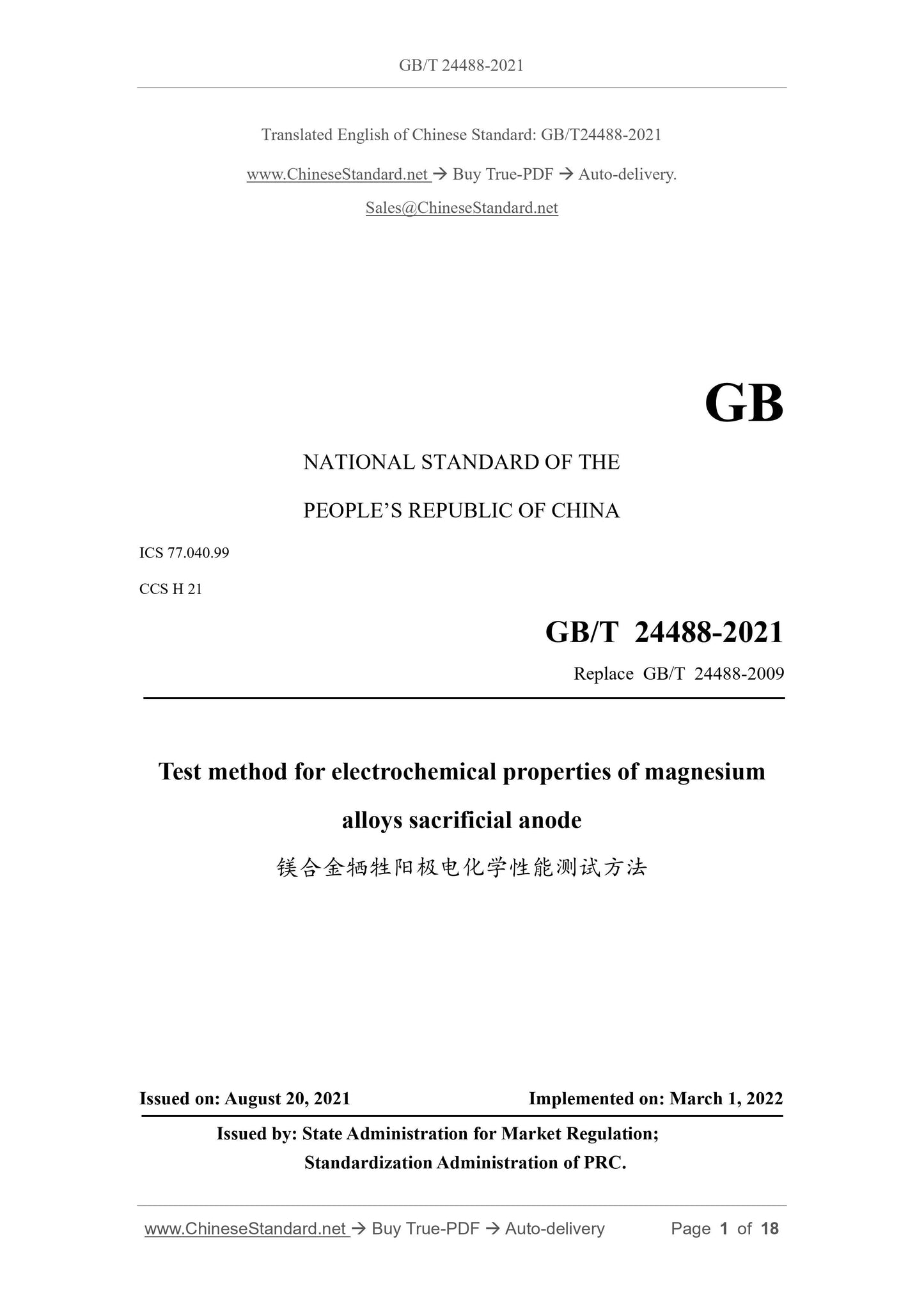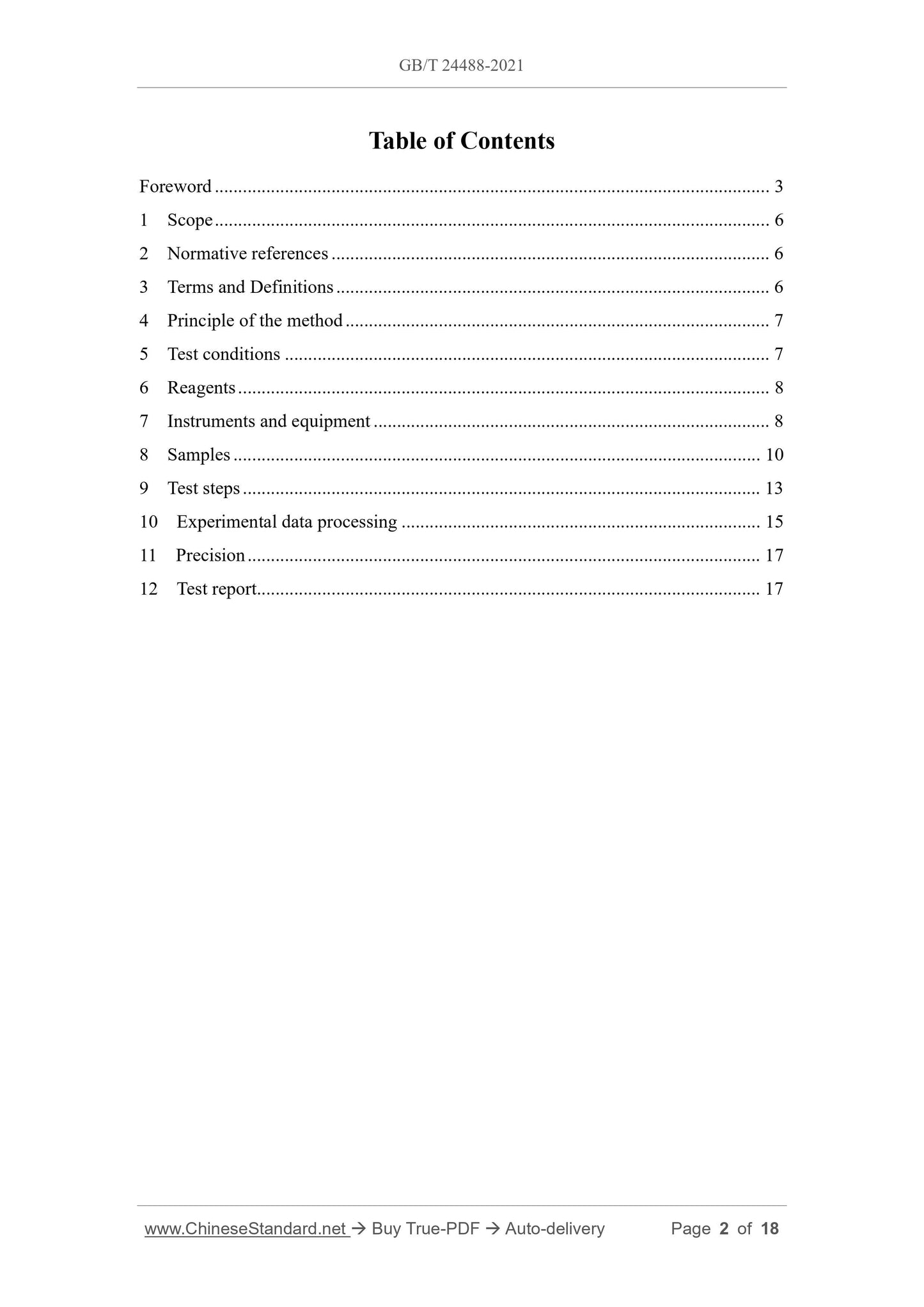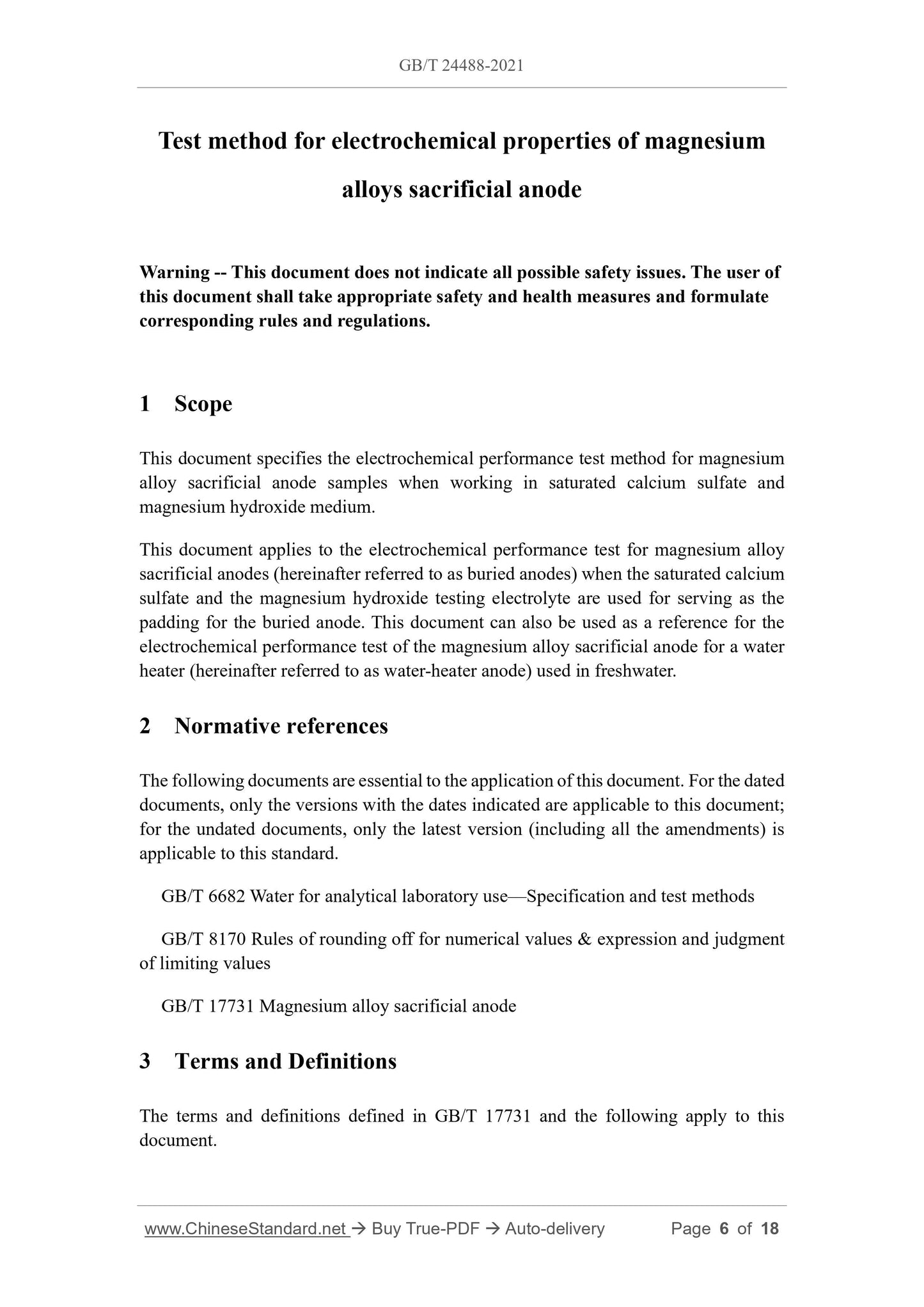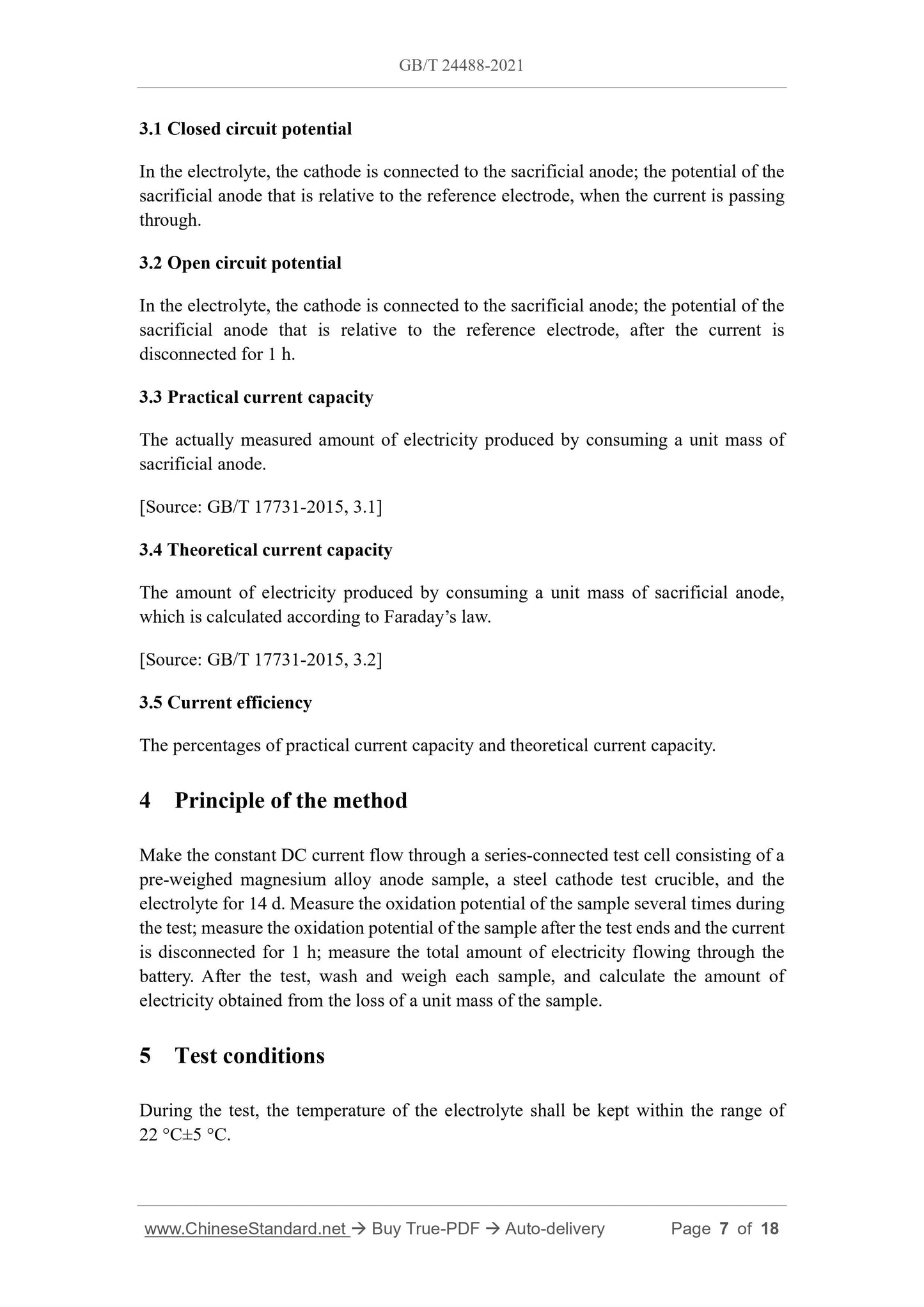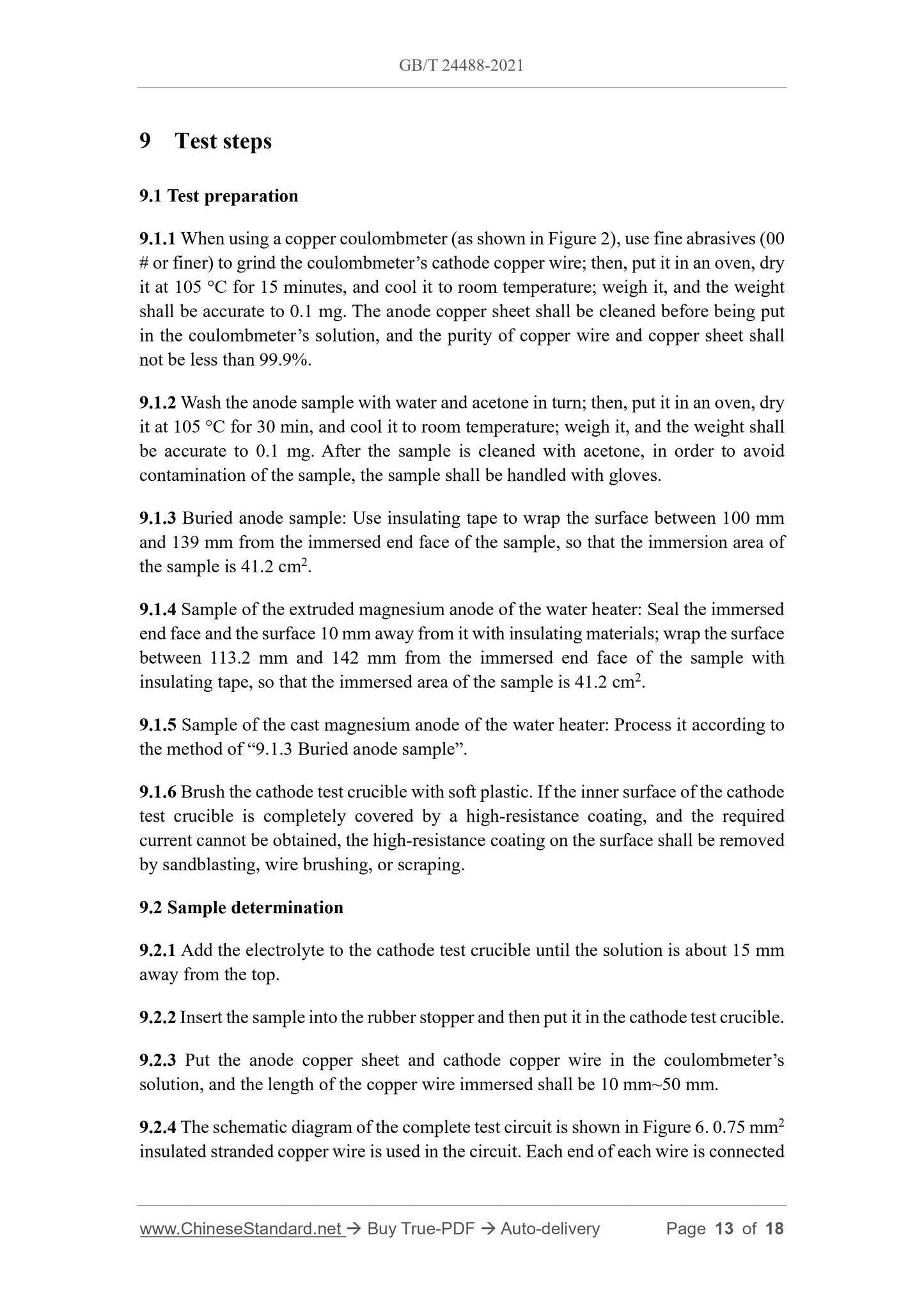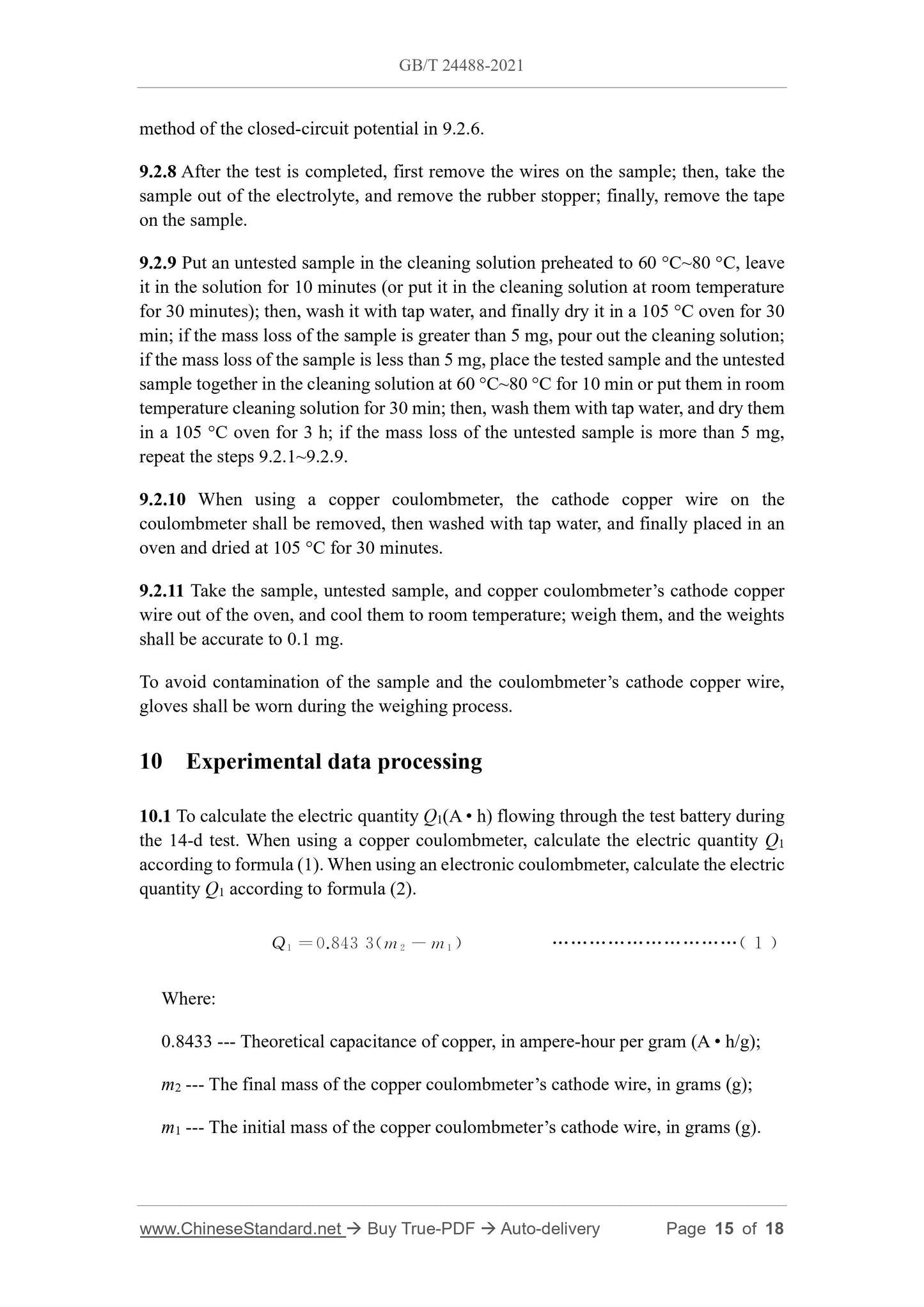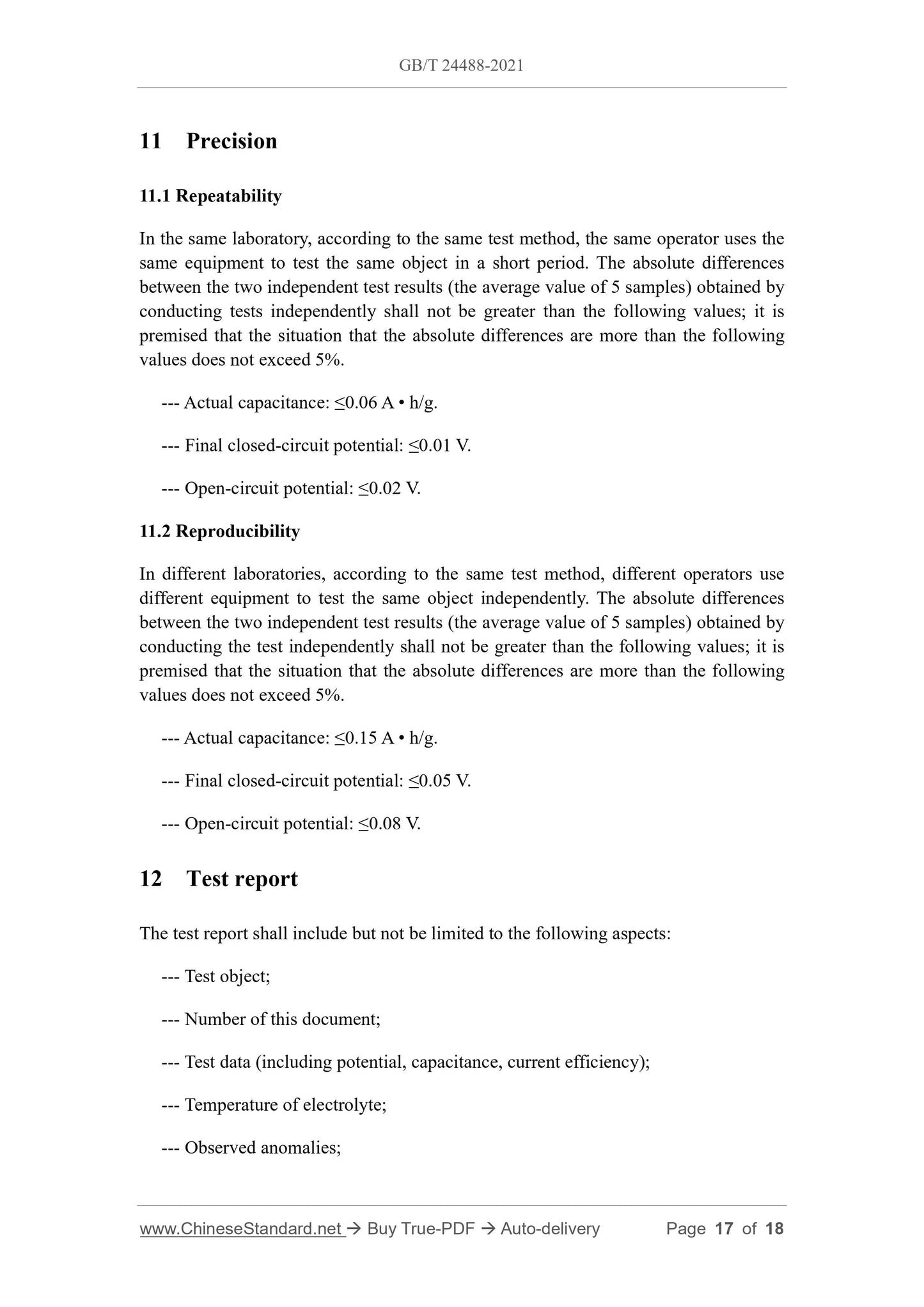1
/
of
7
www.ChineseStandard.us -- Field Test Asia Pte. Ltd.
GB/T 24488-2021 English PDF (GB/T24488-2021)
GB/T 24488-2021 English PDF (GB/T24488-2021)
Regular price
$230.00
Regular price
Sale price
$230.00
Unit price
/
per
Shipping calculated at checkout.
Couldn't load pickup availability
GB/T 24488-2021: Test method for electrochemical properties of magnesium alloys sacrificial anode
Delivery: 9 seconds. Download (and Email) true-PDF + Invoice.Get Quotation: Click GB/T 24488-2021 (Self-service in 1-minute)
Newer / historical versions: GB/T 24488-2021
Preview True-PDF
Scope
This document specifies the electrochemical performance test method for magnesiumalloy sacrificial anode samples when working in saturated calcium sulfate and
magnesium hydroxide medium.
This document applies to the electrochemical performance test for magnesium alloy
sacrificial anodes (hereinafter referred to as buried anodes) when the saturated calcium
sulfate and the magnesium hydroxide testing electrolyte are used for serving as the
padding for the buried anode. This document can also be used as a reference for the
electrochemical performance test of the magnesium alloy sacrificial anode for a water
heater (hereinafter referred to as water-heater anode) used in freshwater.
Basic Data
| Standard ID | GB/T 24488-2021 (GB/T24488-2021) |
| Description (Translated English) | Test method for electrochemical properties of magnesium alloys sacrificial anode |
| Sector / Industry | National Standard (Recommended) |
| Classification of Chinese Standard | H21 |
| Word Count Estimation | 14,159 |
| Issuing agency(ies) | State Administration for Market Regulation, China National Standardization Administration |
Share
